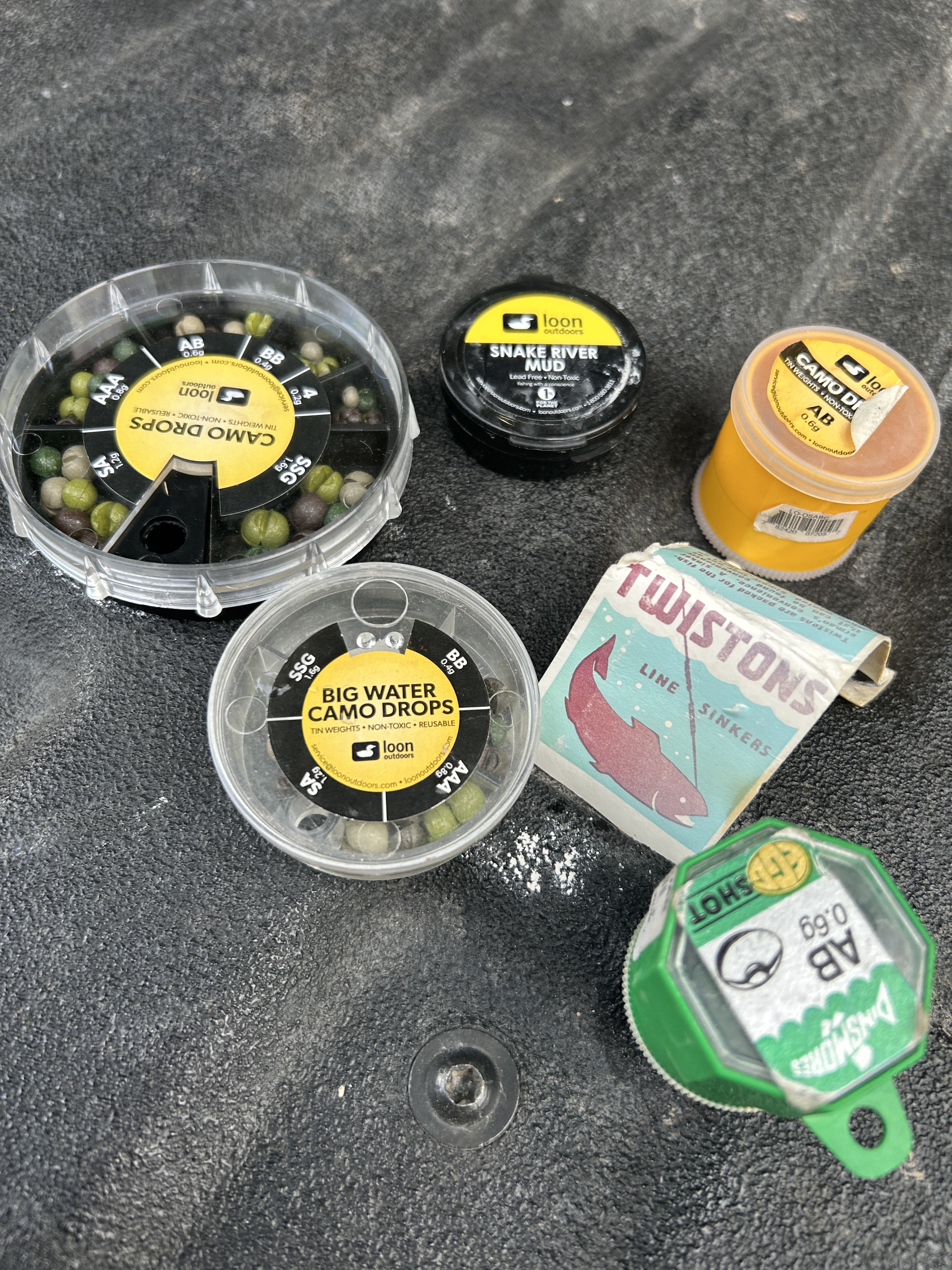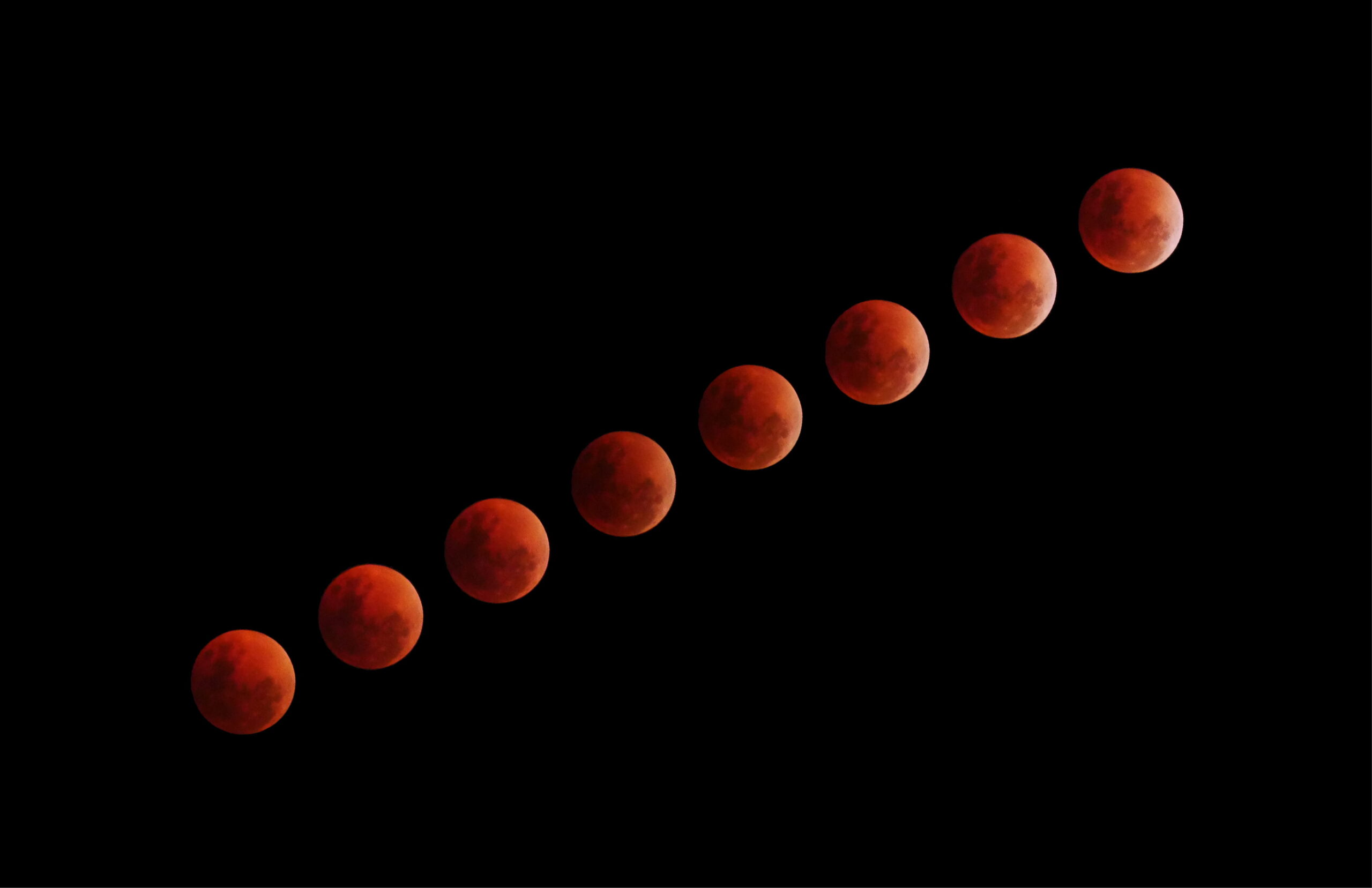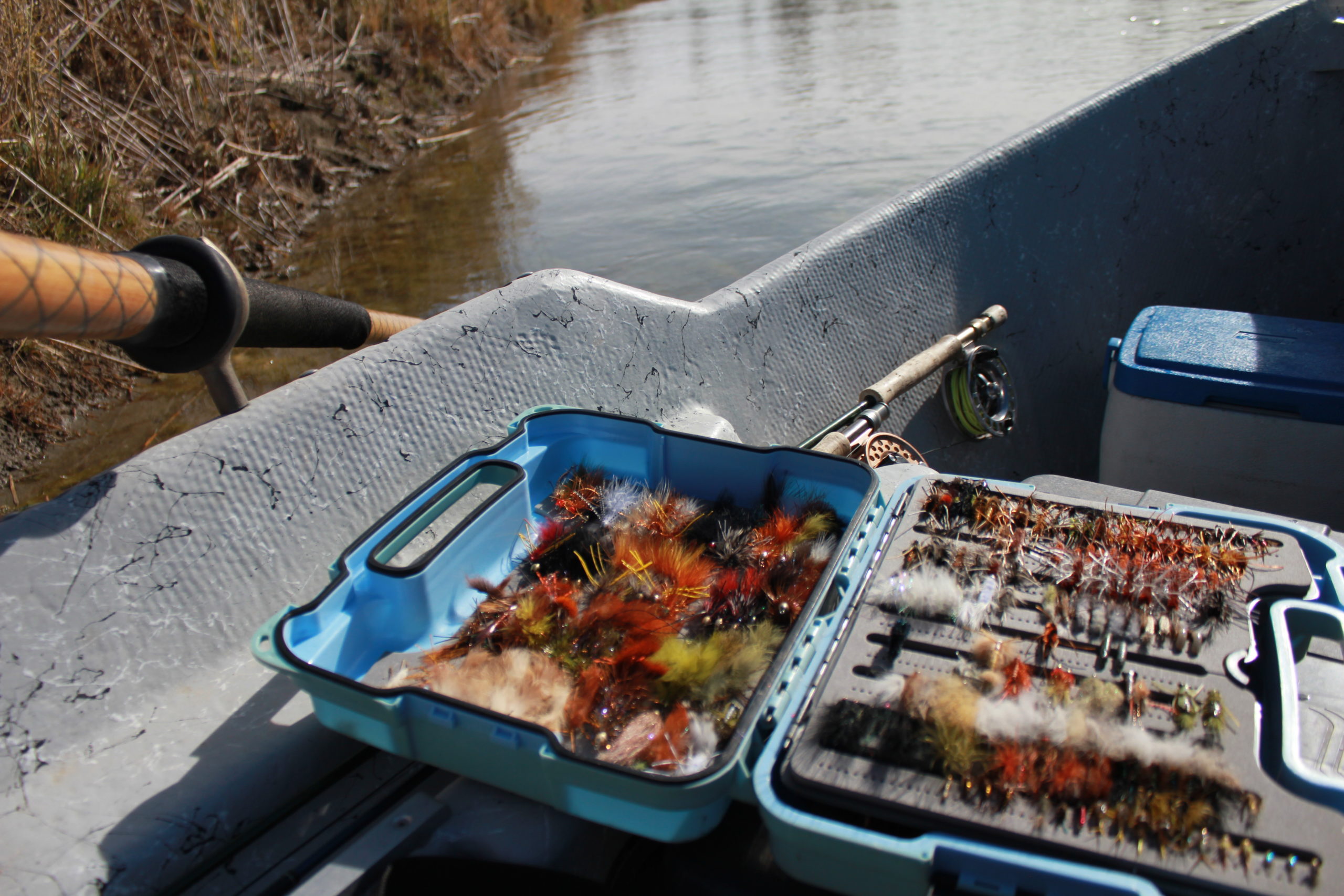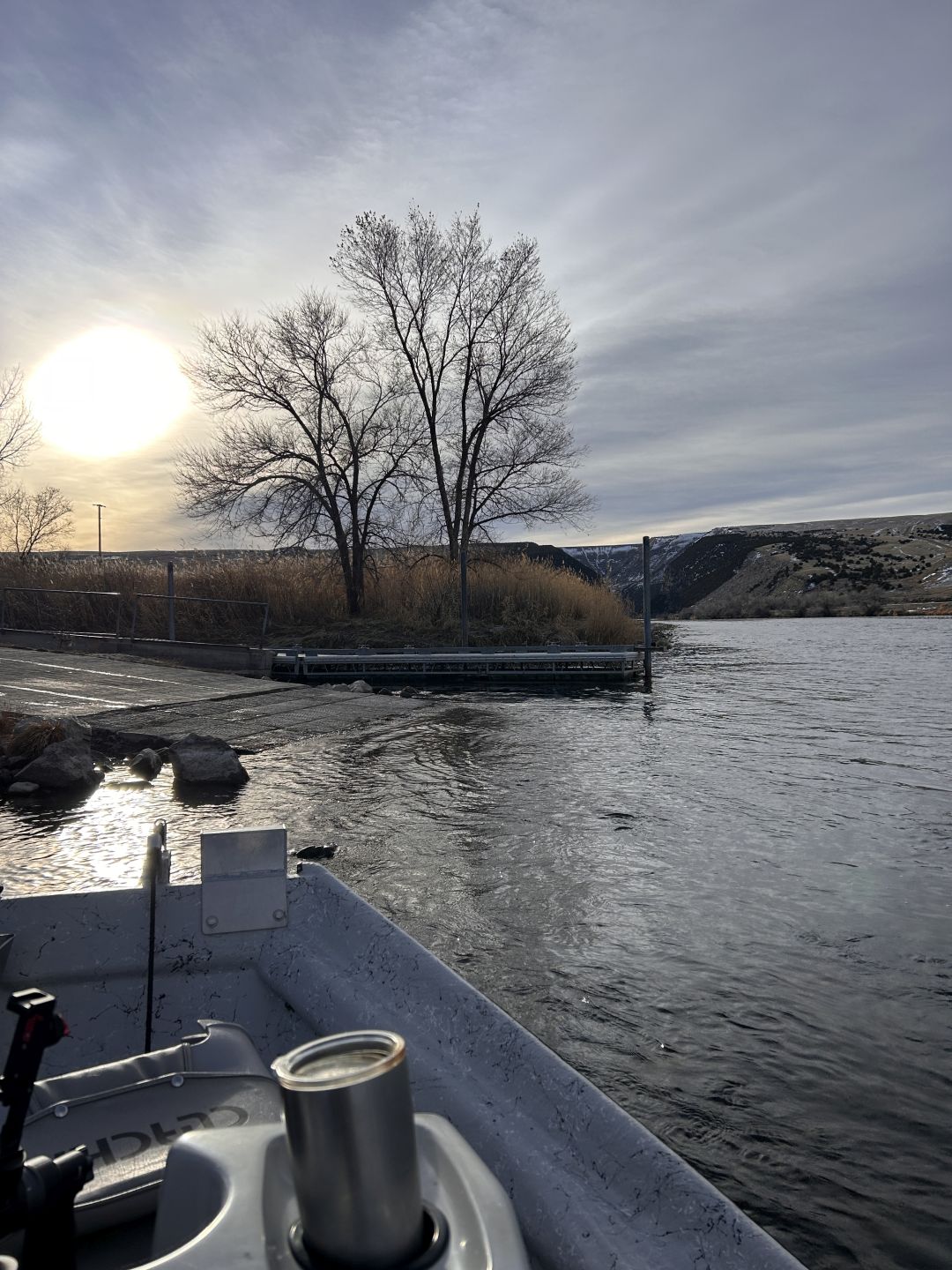The article delves into the vital aspect of positioning your flies precisely on riverbeds. While the focus mainly rests on tailwaters, it’s crucial to understand that weighting flies holds significance in freestone fisheries too. The specific type of water you’re fishing in will dictate the kind and amount of weight required, as fish tend to feed near the river bottom. Therefore, varying your techniques and depths is key to enhancing your fishing success.
Anglers employ a variety of techniques, often incorporating weights, to achieve this goal. Popular methods include Euro Nymphing, Drop-Shot Rigs, and Western Style Nymphing. Western Style Nymphing, frequently utilized on larger tailwater rivers from a boat, typically involves using weights, indicators, and leaders to control the depth.
This article will focus on techniques to add weight to a traditional western nymphing setup, recommend suitable weights, and provide insights into adjusting depth using weight. The choice of weight is a critical consideration, influenced by water depth, speed, and personal preference. While many anglers believe that adding or removing weight is the only way to adjust depth, other factors such as changing tippet/leader length, tippet size, and the weight of the point fly can also impact depth. Although there are numerous resources available on tippet size, this article will concentrate on the weight or split shot aspect.
There are several options available for adjusting depth, including split shot, putty, twist-on weights, and Snake River Mud. Split shot, coming in various weights, colors, and shapes, is the most commonly used. The “Egg” Shot, designed for minimal resistance during casting and a quicker sink rate, is an innovative choice. Loon offers split shots in natural colors to make them less visible to fish. Putty and twist-on weights allow precise depth adjustments, especially on smaller freestone rivers. Additionally, a relatively new product, “Snake River Mud,” is ideal for hopper-dropper setups or shallow water nymphing, enabling faster sinking without excessive weight.
For those seeking simplicity, using smaller diameter weights can enhance hook-up rates, especially in crowded rivers. Employing multiple #4 or #BB weights can maintain a smaller profile. Additionally, incorporating “Camo” colored weights into your setup can boost your success, especially in less frequented waters. While split shots tend to stay on longer during casting, all types of weights can eventually get dislodged.
While changing weight is the conventional approach to adjusting depth, modifying the weight of the point fly can be a game-changer. Some flies come with built-in weight, affecting the sink rate unexpectedly. In a western nymphing system, the point fly must be the heaviest in the setup. If your second or third flies are too heavy, they can create drag, accumulating grass on the flies. Techniques such as drop shot or euro nymphing have different approaches, well-detailed in various articles and videos.
In summary, these considerations can significantly impact your fishing success. Often, the weight and depth are more critical than the specific flies you choose. It’s essential to adapt your approach based on the fishing conditions, whether you’re floating in a tailwater from a boat, wading, or employing a different nymphing technique. Regularly adjust your weight and depth to optimize your chances of catching more fish.




